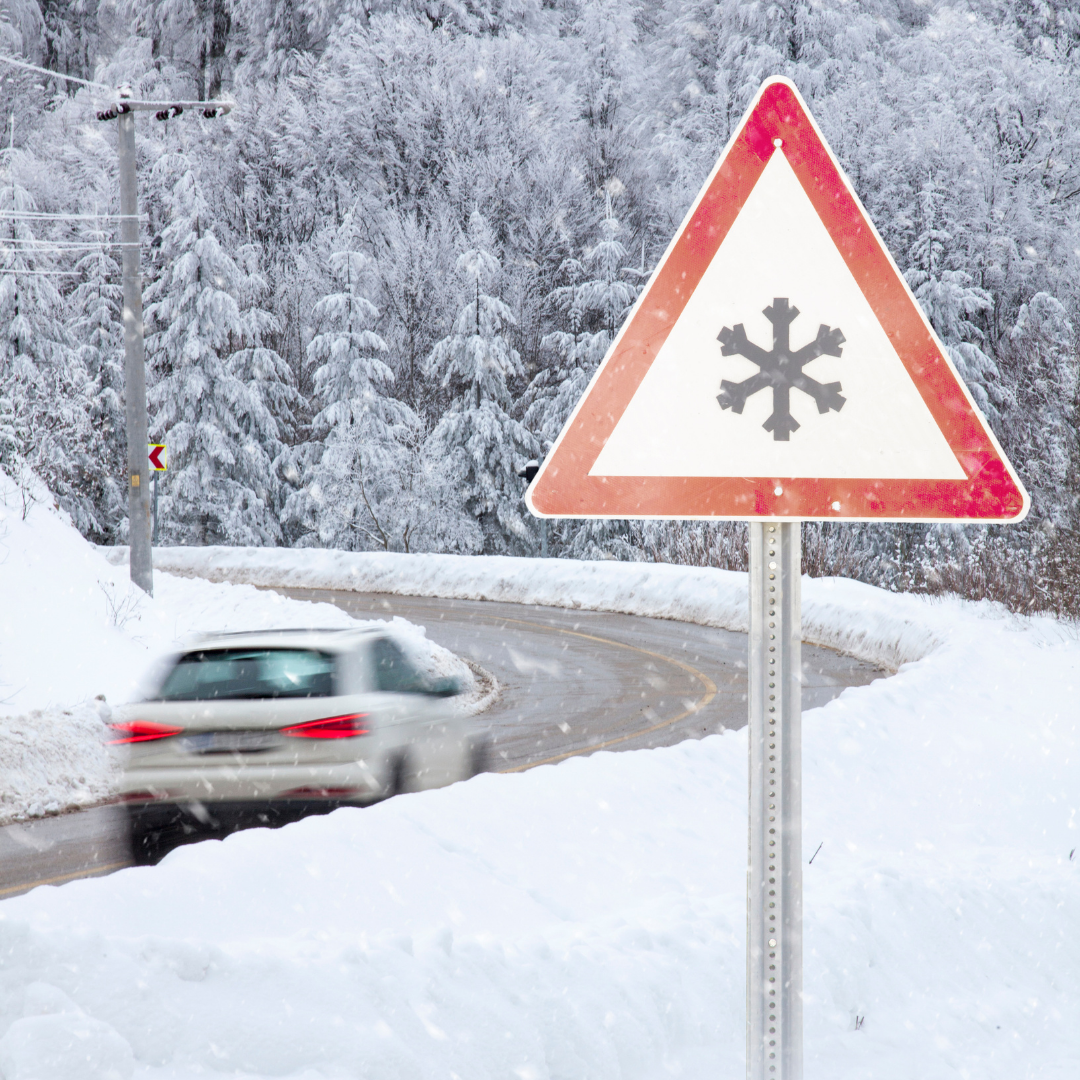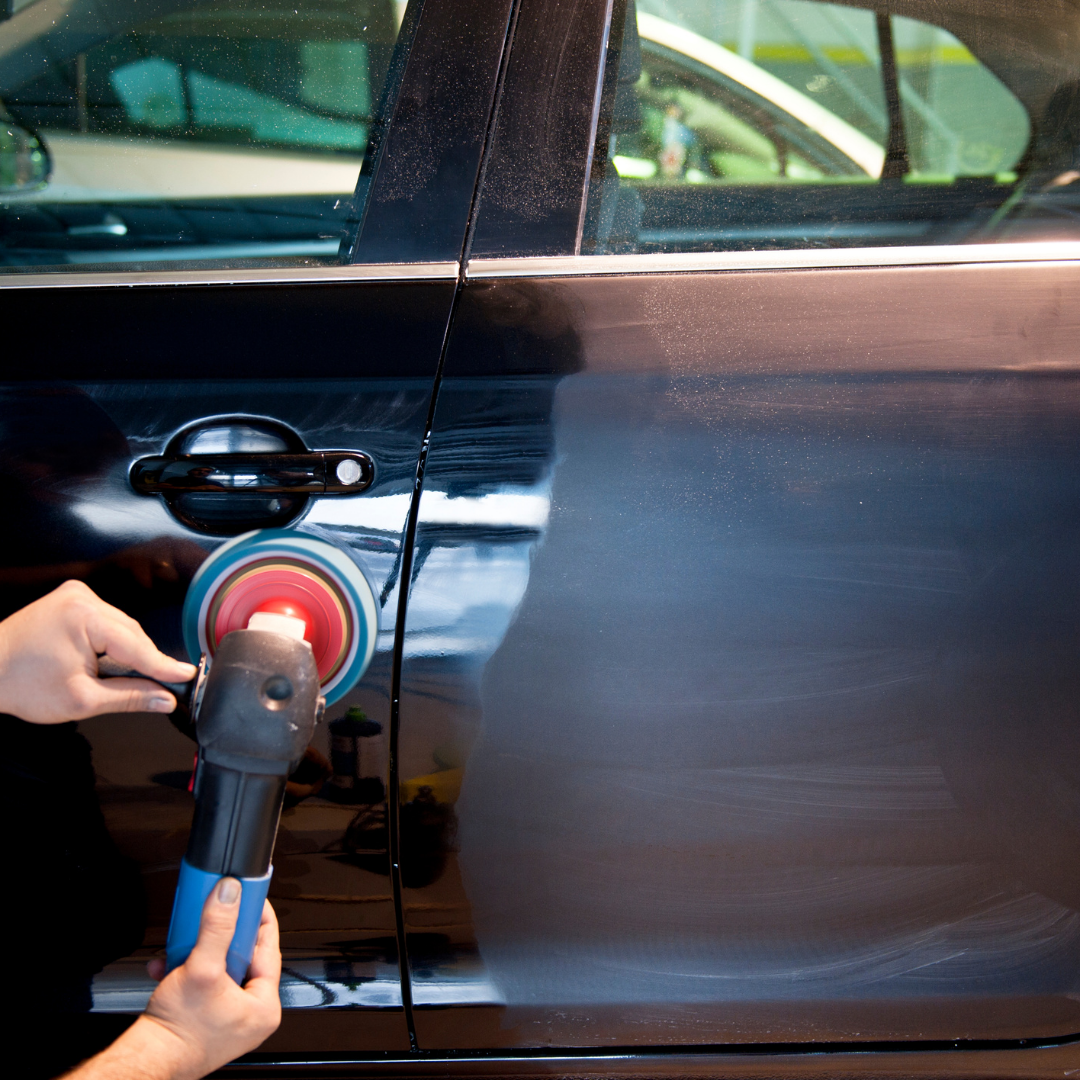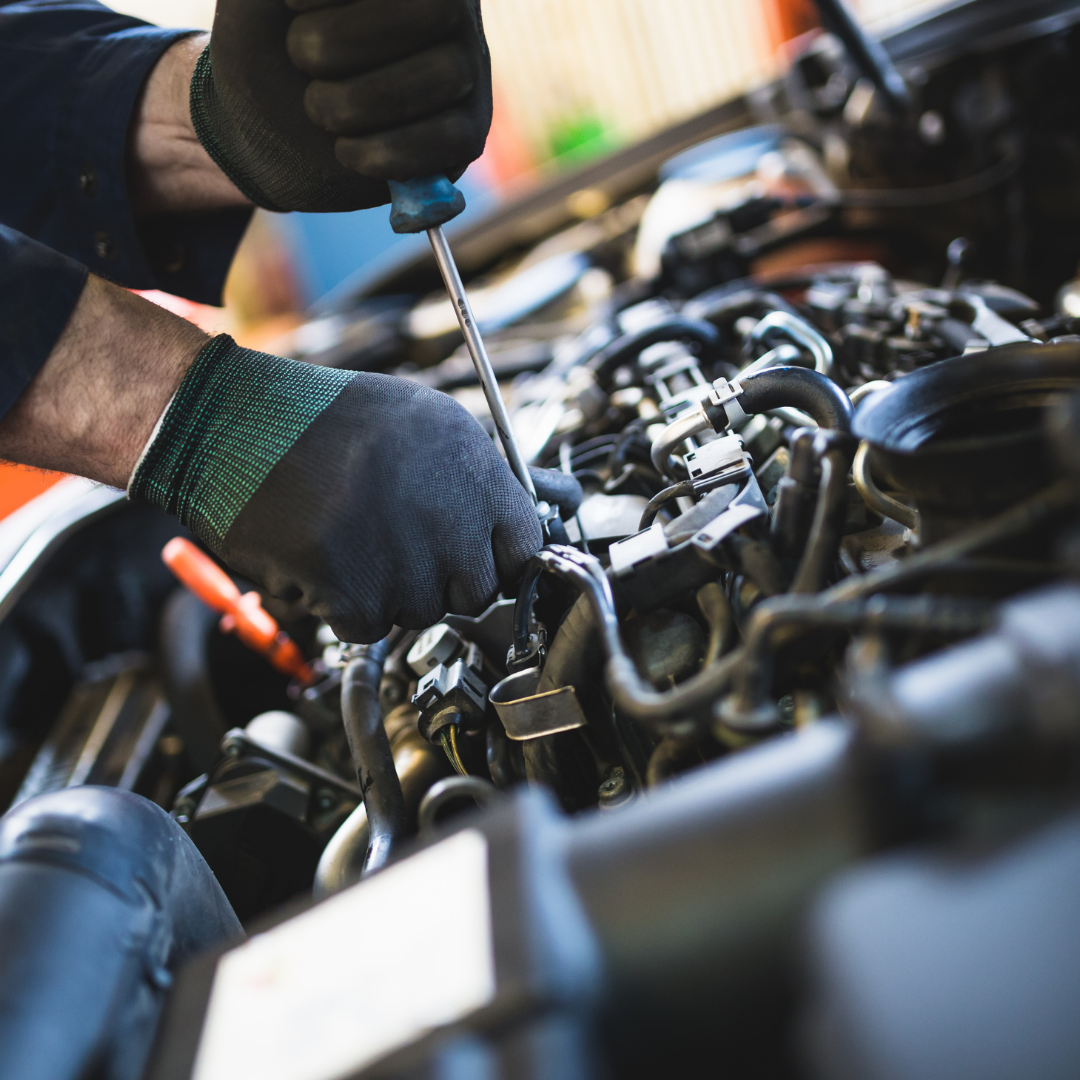The first snowfall of the season is a joy for most people-a fresh blanket of white turns even the most indifferent of eyes into little kids again. But for many drivers, it can also be a time of dread. Snow and ice can make driving a challenge when you’re not prepared. It’s important to drive defensively and be prepared when you’re driving in a snowstorm.
Even if you live in a part of the country that doesn’t normally see snow, winter is always a possibility. If you live in a big city, you may have to commute to work when the snow comes, and that can be pretty scary if you’re unprepared. Here are a few things you can do to ensure your safety when you hit snowy roads. (Feel free to use some, all, or none of these tips. You may know others that are even better.
Winter weather can bring precipitation like snow, sleet, and freezing rain. In winter weather like this, it can make it harder to see during the day and even at night time. During winter weather, it is important to keep your car safe and the drivers and passengers safe. Here are some tips to keep safe while driving in the winter.
It’s not easy to drive in snow. As the temperature drops, cars and trucks become harder to handle, traffic slows, and visibility becomes a serious problem. If you’re careful, however, you can drive in the snow without much trouble. Make sure to keep your vehicle’s tires properly inflated and keep an emergency kit in your car. And as always, drive slowly and adjust your speed and driving to conditions.
- Check Your Tires
It’s that time of year when we need to make sure our tires are properly inflated. Though it can be difficult to tell just by looking, your tires can lose up to half of their air pressure in the summer because of heat-and a little bit of air can make a big difference in your fuel economy. Check the air pressure in all of your tires and adjust if necessary.
- Check The Brakes
Whether it’s a new vehicle or an older car, there are a few warning signs that tell you your brakes need attention. If the brake pedal sinks to the floor when you step on it, or your car is pulling to the side when you brake, it’s time to get your brakes checked.
- Practice Defensive Driving
Driving in the snow can be a challenge, but it doesn’t have to be a nightmare. The best defense against sliding off the road is maintaining a safe driving distance, using your headlights to illuminate the road (and any snow-covered objects), and driving with caution. You should also be aware of your surroundings and prepare for increased traffic on roads that you may be unfamiliar with. Some people may even choose to do some police driving training to familiarise themselves with certain situations behind the wheel. Even though you shouldn’t be going fast in the snow, some extra training can only be beneficial.
- Stock An Emergency Supplies
Sticking to a prepared list can help you stay safe in case of an emergency. Make sure you know what to do if you run out of gas, have a flat tire, or if your car overheats. Keep a stash of these emergency supplies in your car at all times and check off items as you add them. Be sure to rotate any food items every six months and replace any perishable items every year.
- Slow Down
When the roads get bad, you have two options: slow down or speed up. Naturally, slowing down is the safer choice, and it’s also the best way to avoid skidding and fishtailing. How fast you go depends on the weather conditions, but in general, you want to go as slow as possible without losing track of the road, typically between 20 and 30 miles per hour in snowy conditions. It’s tempting to take corners faster and try to power through the snow on the straightaways but don’t. Not only could you lose control, but you’ll also make the roads less safe for everyone else.
It’s that time of year again when it starts snowing. While the first snowfall can be a beautiful thing, it can also be dangerous, especially if you’re not prepared. First off, you need to make sure your car is ready; check your tires, battery, and antifreeze levels to make sure you can handle the snow when it comes. You’ll need to stay calm and be aware of how bad the conditions are.
Everyone knows that driving in the snow is a lot more dangerous than driving in the summer-but why? It’s because driving in the snow is a lot more difficult than driving in the summer. So here are some tips on how to keep yourself safe when you drive in snow: wear gloves and waterproof boots, and use your car’s flashers so other drivers can see you.




